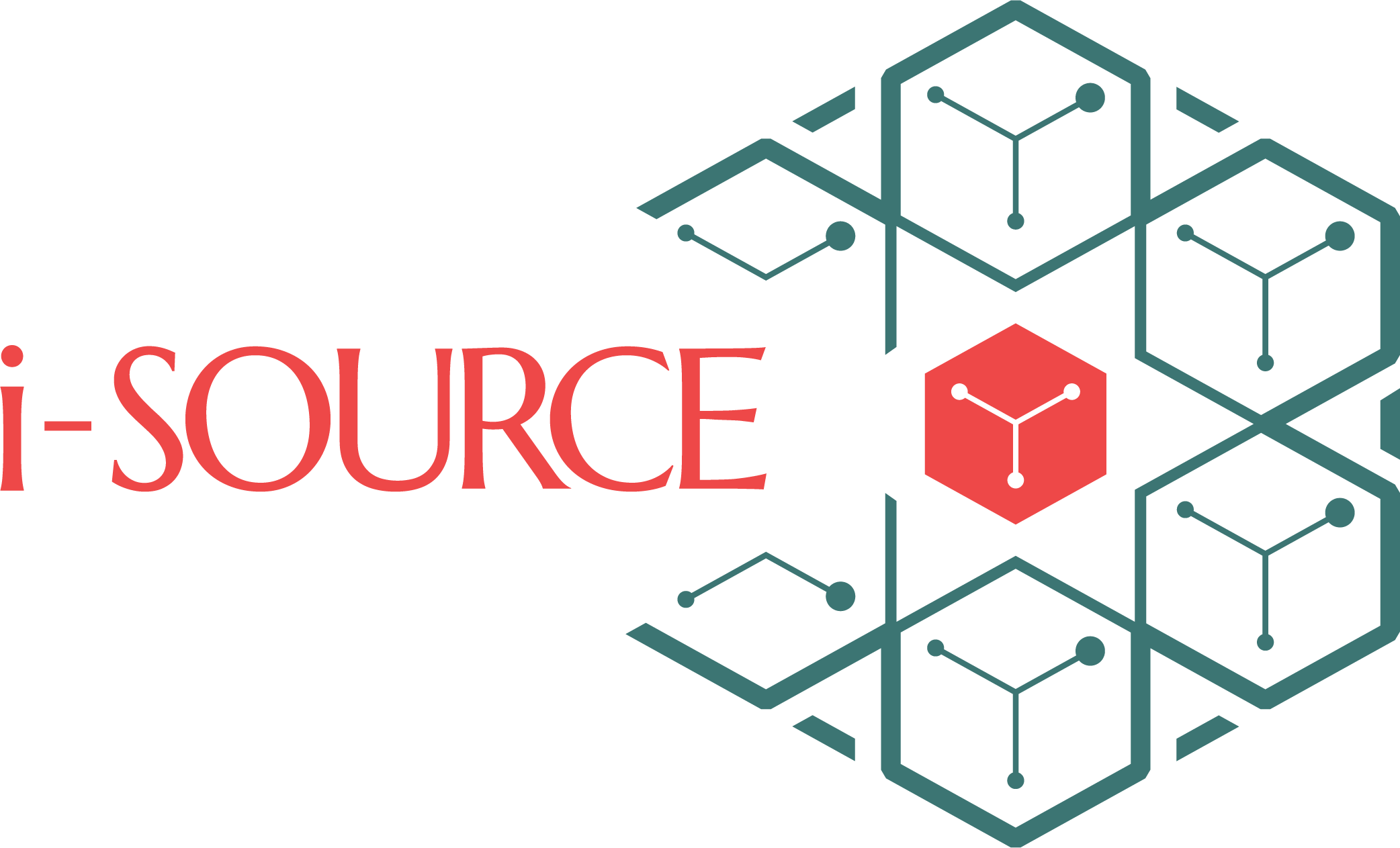What changes When Enterprise Applications Become SaaS?
In a recent LinkedIn post, our own Mohan Tilak shared the IDC projection that “about half of all organizations were looking to replace their current enterprise applications over the next 3 years.” IDC projects that 66% of all enterprise application spending in 2027 will be on cloud platforms.
As 2023 winds down, organizations continue to invest in SaaS applications to reduce costs and improve business agility. From a CIO’s perspective, this transition is a mix of opportunities and challenges. Snow Software data reports that IT leaders (including CIOs) are most concerned with challenges like data security, misconfiguration, and the rise of shadow IT. Similarly, a recent Flexera report found that most organizations do not track their SaaS usage in line with their business needs.
Axonius data shows that two-thirds of businesses are spending more on enterprise SaaS applications every year. This means more enterprises are transitioning their enterprise applications to the cloud. What does SaaS-driven transition mean for CIOs? Let’s explore the things that will change in this blog.
Enterprise to SaaS – How does this change impact enterprises?
No doubt, enterprises are largely benefiting from the adoption of SaaS applications. Most enterprises have an overload of legacy applications – waiting to be transformed into cloud-native applications. For many enterprises, this transition is an integral part of modernization and digital transformation initiatives.
The real concern among CIOs is the lack of control over the growing ecosystem of SaaS applications. SaaS sprawl is a real (and growing concern). The 2023 MuleSoft survey found that on average, enterprises use around 1060 SaaS applications. That’s a 10% increase from its findings in 2022. The Snow Software report found that 2 in every 5 IT leaders expressed their concern over employees installing SaaS applications – without notifying their IT team.
This loss of centralized control leads to the emergence of Shadow IT – or the parallel IT system that exists outside the control of the enterprise IT team. In most cases, the Shadow IT (or Shadow SaaS) ecosystem is not compatible with the existing system, thus leading to security concerns. What’s more, the presence of an out-of-control Shadow IT can increase IT maintenance costs in cloud management and data storage.
Through his LinkedIn post, Mohan also talks about the finding that “70% of SaaS applications operate in silos” and do not integrate into the primary ecosystem. In the MuleSoft survey, one in three IT leaders expressed their concern about the lack of integration and its impact on their digital transformation program.
This can also be a major “headache” for teams involved in application support and maintenance. For instance, in the “siloed” mode of application support, problems in individual applications are likely to overflow into other applications – thus creating a domino effect. With more SaaS applications, enterprises do face more risks like:
- Data leakages
- Data security breaches
- Barriers to process automation
- Complex workflows
85% of companies are also concerned about SaaS misconfiguration and its impact on application security. What’s even more challenging is that only 27% of companies check their SaaS configurations weekly – and 73% of companies check for misconfiguration every month. With the rising adoption of SaaS applications, cybercriminals have a broader attack surface. Besides, with the increase in remote working, they can exploit more vulnerable access points. This is particularly challenging for CIOs of large corporations – with a globally distributed workforce.
How CIOs can overcome SaaS-related challenges
To manage the complex landscape of diverse SaaS applications, CIOs must first have a complete understanding of this ecosystem – and “create some order from the chaos.” This involves conducting a complete audit of their existing IT environment – as the first step of their application lifecycle management. By identifying, isolating, and controlling SaaS applications, CIOs can determine the number of active applications – and what they are being used for.
Here are some of the best practices for CIOs to manage their SaaS ecosystem:
1. Focus on tuning business capabilities.
According to Gartner, organizations overspent $750 million on unused features of enterprise software. In their excitement over SaaS tools, IT leaders often lose visibility over their existing technology stack. Dr. Pankaj Setia of IIM Ahmedabad explains that organizations must focus on improving their business capabilities – instead of the enabling technology.
2. Conduct regular audits.
CIOs must conduct regular audits to identify and measure the use of SaaS applications and tools across their organization. With these audits, they can identify the SaaS tools that are adding business value – and those that are unutilized or obsolete. For example, multiple teams may be regularly using a particular SaaS application – but only some of its functionalities. Using audits, CIOs can effectively reduce costs – without compromising on performance.
3. Implement effective SaaS management.
In the wake of the 2020 global pandemic, there was an explosion in companies investing in SaaS tools and applications. Most often, IT teams are not solely responsible for purchasing SaaS tools. Thus, most CIOs have limited visibility into SaaS investments and utilization. With effective SaaS management, they can improve their control over SaaS implementation. SaaS management enables them to monitor and manage the entire lifecycle of SaaS tools and applications – with valuable insights into data security and enterprise spending.
4. Adopt a centralized approach.
To improve control, CIOs must adopt a centralized approach to investing in new SaaS tools. Before investing in any SaaS tool, business teams must justify their needs with details like the tool’s purpose, benefits, and associated costs. This centralized approach ensures that SaaS-based subscriptions align with the overall business objective and integrate seamlessly with the existing systems.
How can i-Source help in the SaaS transition?
Modern organizations can benefit from transitioning from their on-premises legacy systems to a SaaS-powered ecosystem. However, they also need to balance between building a SaaS-based business model and the existing revenue streams. With the expertise of a reliable technology partner, they can easily make this transition with minimum business disruption.
At i-Source, we have successfully implemented digital transformation to the cloud for many customers. Here are some of our services in cloud transformation:
- Assessing and evaluating the best cloud technologies.
- Developing a customized cloud roadmap.
- Monitoring all cloud operations.
- Enabling cloud on public and private cloud environments.
Our professional team of SaaS experts can help understand your business requirements. Do you want to know more? Contact us today.

